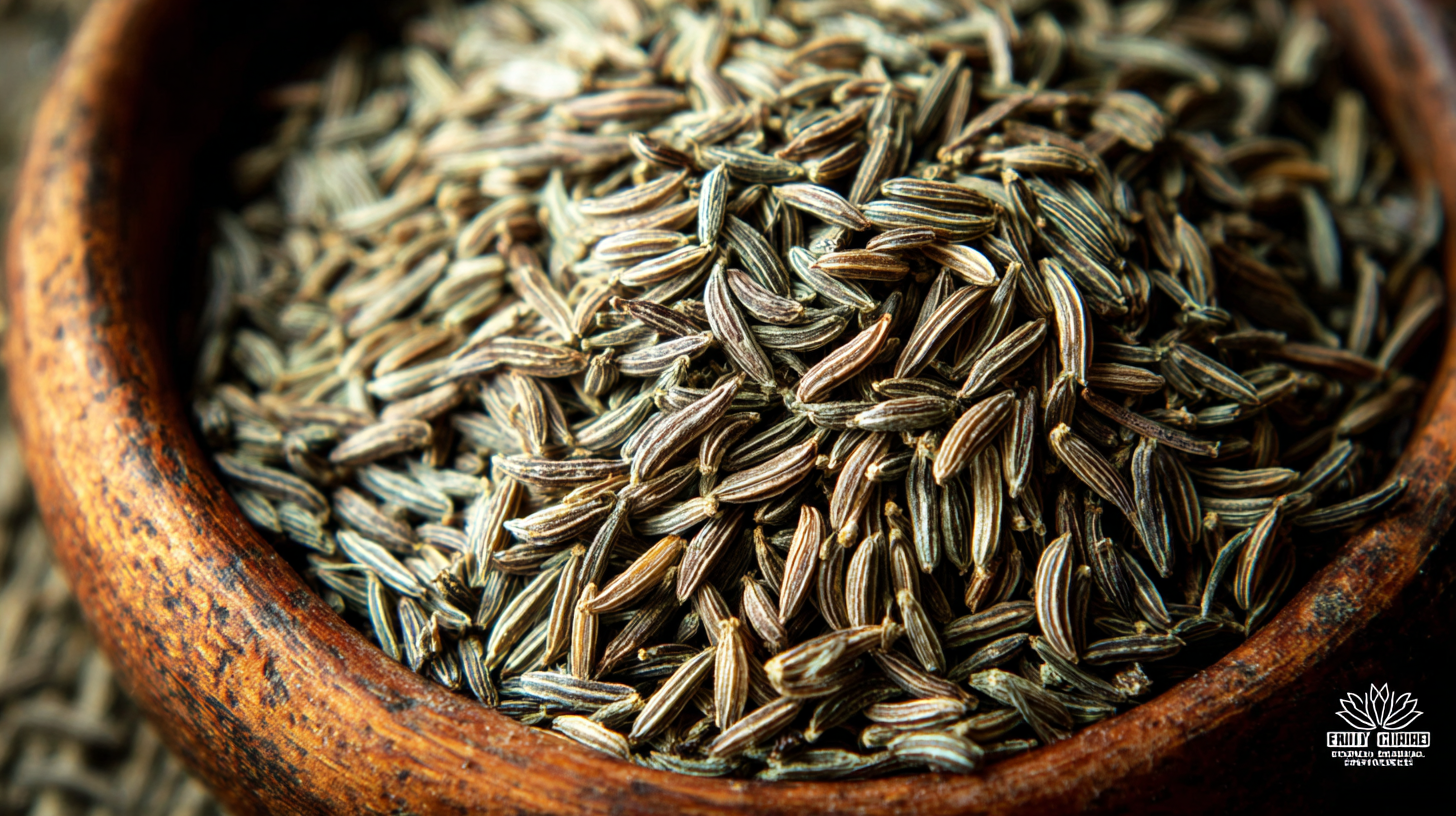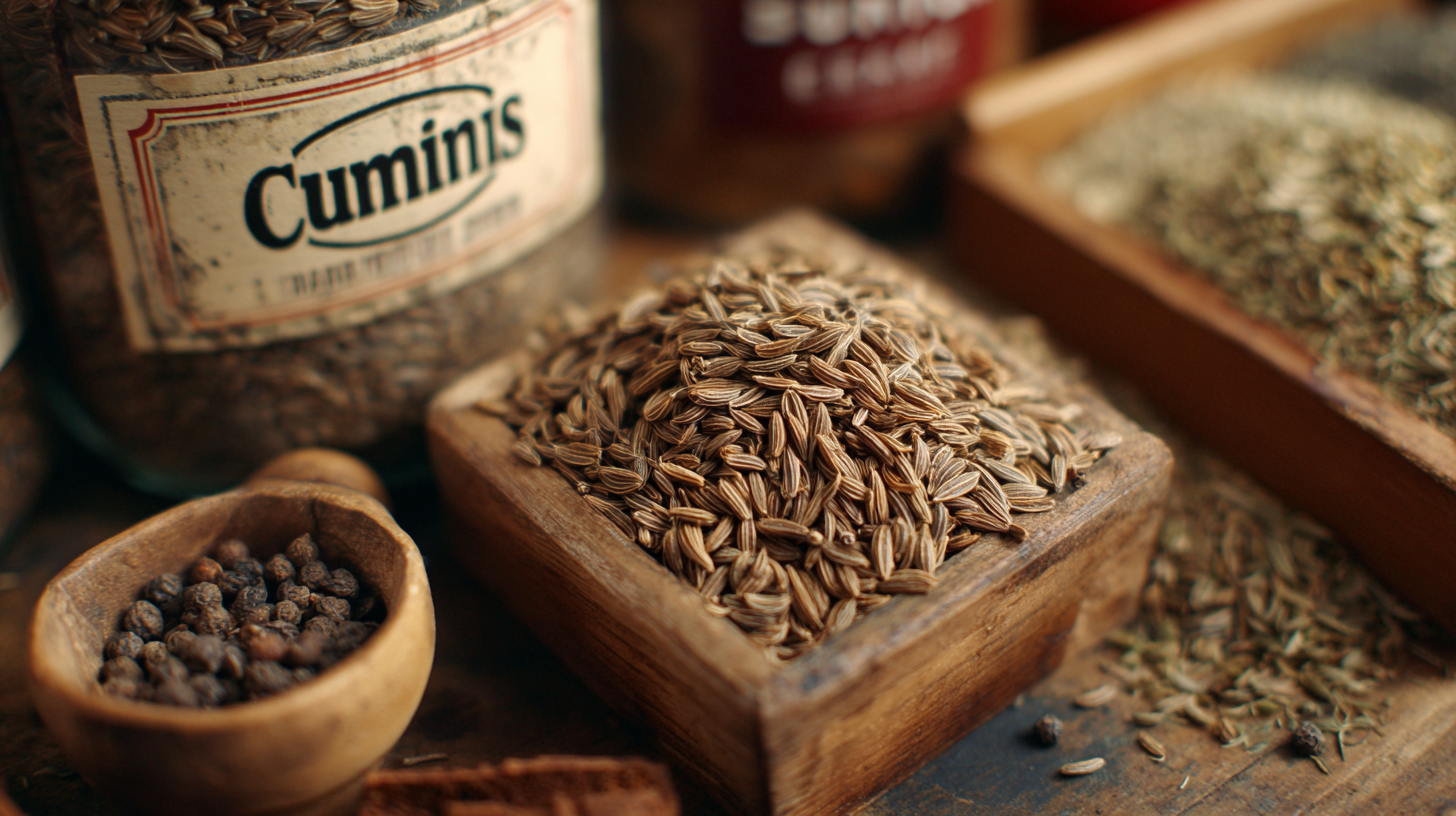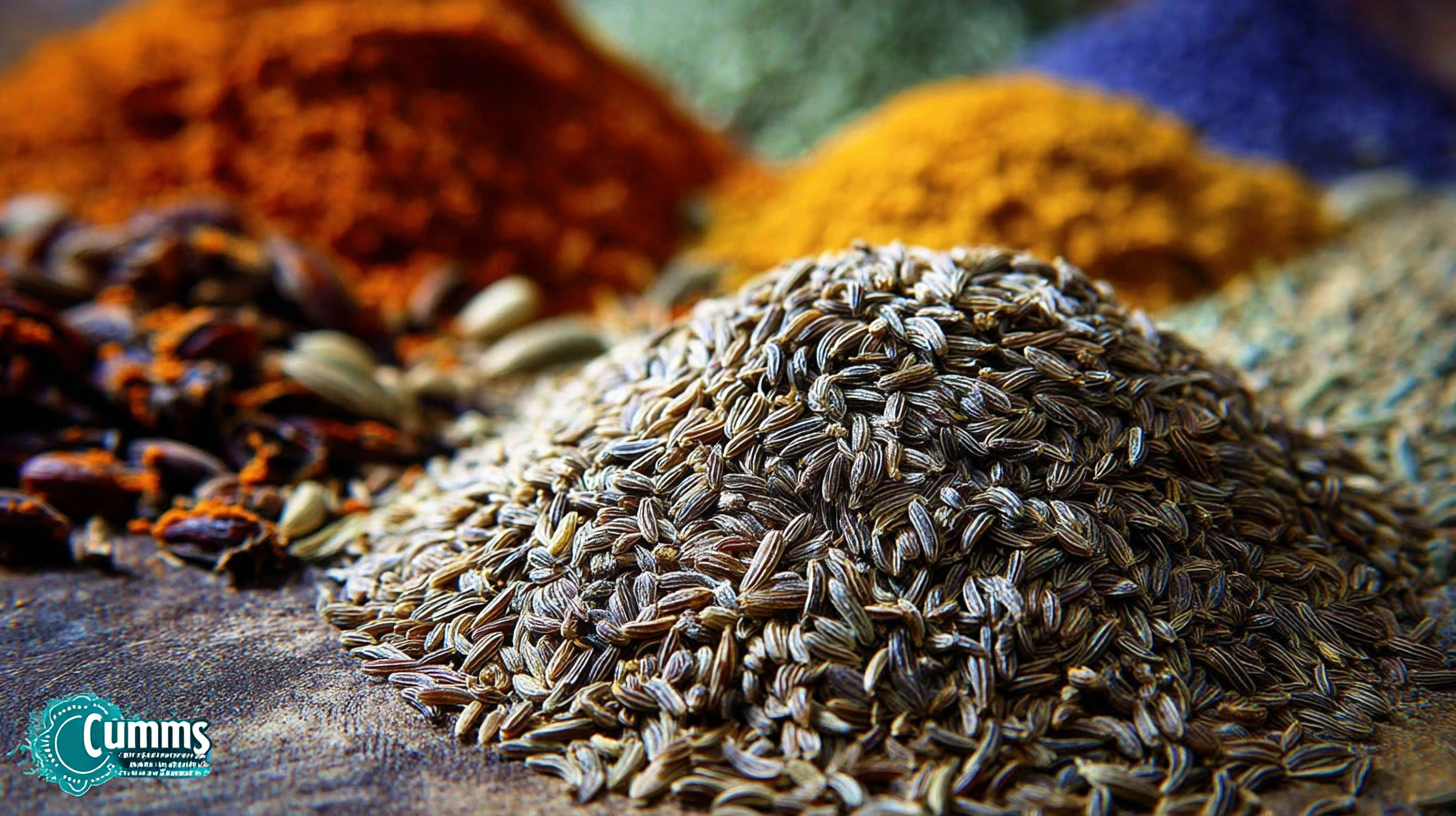The culinary world is undergoing a transformative shift as chefs and home cooks alike seek sustainable ingredients that not only elevate flavor but also contribute to environmental wellness. Among these highly sought-after ingredients, cumin seeds stand out for their rich history and versatile application in diverse cuisines. As we embrace the future of culinary innovation, understanding the importance of sourcing high-quality cumin seeds becomes crucial. These tiny, crescent-shaped seeds are not just a staple in traditional cooking; they are also emerging as a key player in sustainable gastronomy, offering unique health benefits and enhancing culinary creativity.

This blog will explore the various types of cumin seeds available, their sustainable sourcing practices, and their potential to inspire new culinary innovations that respect both our planet and our palate.
Cumin seeds, a staple in many cuisines, are not just known for their distinctive flavor but also for their impressive health benefits. Rich in essential nutrients, cumin seeds are a powerful source of antioxidants, vitamins, and minerals. They have been linked to improved digestion, better immunity, and even enhanced metabolic function. Regular consumption of cumin can aid in weight loss and reduce the risk of chronic diseases, making them a valuable addition to a balanced diet.

Tips: To harness the full potential of cumin seeds, consider incorporating them into your daily meals. Add ground cumin to soups and stews for a warm, earthy flavor or sprinkle whole seeds onto roasted vegetables for a delightful crunch. For a healthy beverage, try brewing a cumin-infused tea, which can help soothe digestive issues and promote overall wellness.
Additionally, cumin seeds can significantly boost the nutritional profile of various dishes. Try blending them into smoothies or yogurt for added flavor and health benefits. Not only does this enhance taste, but it also provides a nutrient-packed punch that supports overall health, making it an ideal choice for anyone looking to embrace sustainable culinary innovations.
Sustainable farming practices are essential for enhancing the quality and yield of cumin, contributing to culinary innovations that can meet contemporary demands. In recent years, the use of advanced agricultural techniques, including satellite technology for mapping cumin fields in Rajasthan, has revolutionized jeera cultivation. This innovation allows farmers to optimize their planting strategies, ensuring better resource allocation and improving crop management. By focusing on sustainable practices, such as vermicomposting and the application of eco-friendly fertilizers, farmers can significantly increase the nutrient uptake and essential oil production in cumin crops.
Additionally, the challenges posed by abiotic stresses, such as drought and salinity, highlight the importance of developing resilient crop varieties. Research into the physiological and genetic aspects of cumin has led to the creation of drought-tolerant varieties, which are crucial for maintaining food security in arid regions. The incorporation of beneficial microorganisms, such as arbuscular mycorrhizal fungi, can also enhance nutrient uptake and support healthy growth in intercropped systems. By embracing these sustainable innovations, the future of cumin farming appears promising, paving the way for high-quality products while ensuring ecological balance.
Cumin seeds, a staple in kitchens around the globe, are increasingly becoming the centerpiece of innovative culinary applications. Traditionally used to season dishes, cumin is now being creatively reimagined in various forms—ranging from infused oils to spiced desserts. Chefs are experimenting with cumin to elevate flavors and introduce a warm, earthy undertone to unconventional pairings. For instance, consider cumin-infused ice creams or savory pancakes. These iterations not only surprise the palate but also encourage diners to explore the versatility of this ancient spice.
Moreover, the sustainability movement in the culinary world emphasizes the use of locally sourced ingredients. By incorporating cumin into modern recipes, chefs honor traditional cooking methods while promoting innovative practices that reduce waste and celebrate regional flavors. Dishes like cumin-spiced quinoa bowls or roasted vegetables drizzled with cumin-based dressings exemplify how this humble seed can transform healthy eating. By embracing cumin in new forms, culinary innovators are not just preserving culinary heritage; they are also paving the way for a sustainable future in gastronomy.
The culinary landscape is undergoing a significant transformation, with organic ingredients taking center stage in kitchens around the globe. Among these, cumin seeds are experiencing a surge in demand, driven by a growing awareness of health and sustainability among consumers. As chefs and home cooks alike prioritize organic options, cumin has emerged as a staple spice that not only enhances flavor but also aligns with sustainable cooking practices. The shift towards organic cumin seeds reflects a broader trend favoring natural, unprocessed ingredients that contribute to both personal well-being and environmental responsibility.
Market trends indicate that the appetite for organic cumin seeds is not just a fleeting fad but a reflection of changing global cuisine. As culinary enthusiasts explore diverse flavors and cooking methods, the inclusion of organic cumin seeds serves as a bridge connecting traditional recipes to innovative dishes. This seed, rich in flavor and nutritional benefits, is finding its way into various cuisines, from Indian curries to Middle Eastern dishes, illustrating its versatility. As the demand grows, producers are increasingly focused on sustainable farming practices, ensuring that quality meets consumer expectations while reducing the environmental footprint of spice production.
| Region | Market Share (%) | Year-on-Year Growth (%) | Organic Cumin Seeds Demand (Metric Tons) | Price Trend (USD/kg) |
|---|---|---|---|---|
| North America | 25% | 8% | 5,000 | 10.50 |
| Europe | 30% | 10% | 7,500 | 12.00 |
| Asia-Pacific | 35% | 12% | 10,000 | 8.75 |
| Latin America | 5% | 5% | 1,500 | 9.50 |
| Middle East & Africa | 5% | 7% | 2,000 | 11.00 |
 Cumin seeds have long been a staple in culinary traditions around the world, but their cultivation is increasingly threatened by climate change. Rising temperatures and erratic weather patterns can significantly impact yields, making it imperative for farmers to adopt resilient agricultural strategies. According to a report by the Food and Agriculture Organization (FAO), climate change could reduce global crop yields by up to 30% by 2050 if no adaptive measures are taken. This necessitates immediate attention to sustainable farming practices that can bolster the resilience of cumin seed production.
Cumin seeds have long been a staple in culinary traditions around the world, but their cultivation is increasingly threatened by climate change. Rising temperatures and erratic weather patterns can significantly impact yields, making it imperative for farmers to adopt resilient agricultural strategies. According to a report by the Food and Agriculture Organization (FAO), climate change could reduce global crop yields by up to 30% by 2050 if no adaptive measures are taken. This necessitates immediate attention to sustainable farming practices that can bolster the resilience of cumin seed production.
One promising strategy involves the adoption of climate-smart agricultural techniques. These include the use of drought-resistant seed varieties, intercropping, and precision farming, all of which have shown great potential in enhancing yield stability. A recent study published in the Journal of Sustainable Agriculture indicated that implementing these methods can improve cumin seed yields by as much as 20%, even in challenging weather conditions. Additionally, adopting organic farming practices not only helps in mitigating the effects of climate change but also caters to the growing demand for sustainable food sources among consumers. By investing in innovative agricultural practices, the cumin seed industry can not only survive but thrive in a changing climate.
